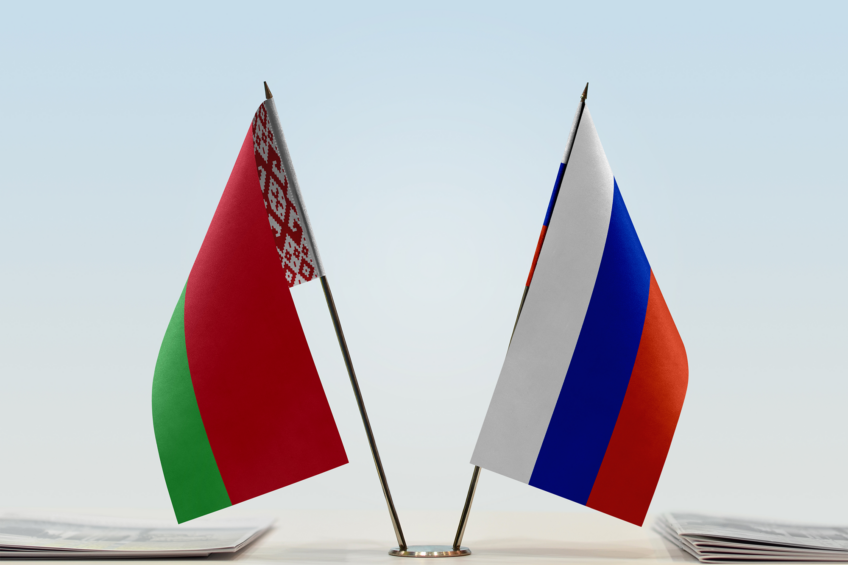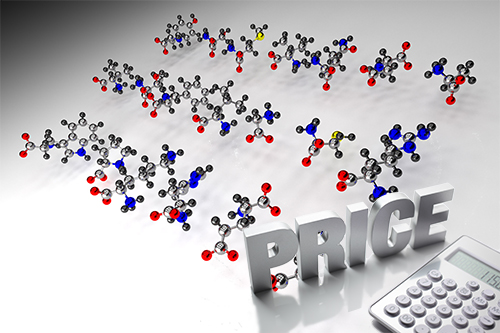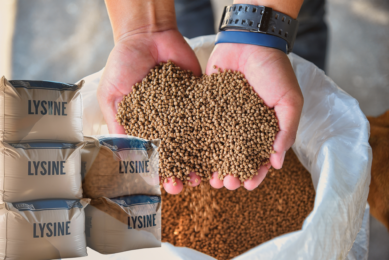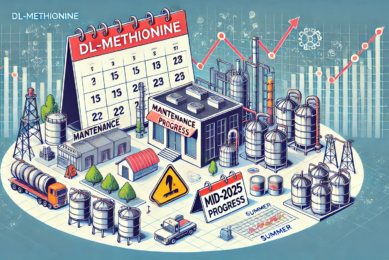Russia and Belarus consider a plan for joint lysine exports

As a part of the Union State of Russia and Belarus, domestic demand for lysine has been fully met in both countries, plans have now been drafted to kick off exports to the CIS countries, Asia and Africa, according to the Russian government’s publication Russian Gazette.
Russian import-dependence on feed lysine, estimated to be close to 85% in 2018, dropped to only 20% in 2023, and is expected to decline to zero in 2025, Vadim Petrov, State Secretary of the Ecological Chamber of Russia, was quoted by the publication as saying.

Oksana Lut, the Russian Agricultural Minister, was quoted as saying that Russia’s tough dependence on imports of key amino acids bore certain risks, especially in the context of Western sanctions. In addition to lysine, Russia faced tough import dependence on other amino acids, including 90% on threonine and 95% on methionine.
Between 2019 and 2022, over Rub 20 billion ($200 million) were invested into the Russian lysine production, the publication revealed.
Government support has played a crucial role in the growth of lysine production. Subsidies, tax breaks, and preferences enshrined in federal programs for the development of the agricultural sector have been instrumental, as indicated by Petrov.
Exports in sight
Analysts expect Russia and Belarus to set their sights on feed lysine exports.
With the growth of global demand for feed additives estimated at 6.5% per year, Russia and Belarus are well-positioned to capitalise on this trend. Petrov highlighted that by 2025, the value of the global feed additive market could reach $28 billion. With significant production capacities and a geographical advantage, the 2 countries can potentially secure a large share of the market, especially in the CIS countries, Asia, and Africa.
Alexander Nikitin, Deputy Director for Research at the Institute of Microbiology of the National Academy of Sciences of Belarus, unveiled that Russia and Belarus have put together a draft of the union program for the development of industrial microbiology and biotechnology, a document determining the main vector of the state policy in the feed additive industry.
“We have drawn up an action plan and defined the main targets,” Nikitin said, adding that the program is yet to be greenlit by the governments.
However, there has yet to be an understanding of how much lysine Russia and Belarus can offer for exports.
“Today, BNBC produces 72,333 tonnes of amino acids per year. In order to talk about the possibility of increasing production volumes, we need to understand what volume of amino acids our countries need in principle,” said Svetlana Vasilenko, head of the microbiology department at the Belarusian State University, close to the BNBC project.











